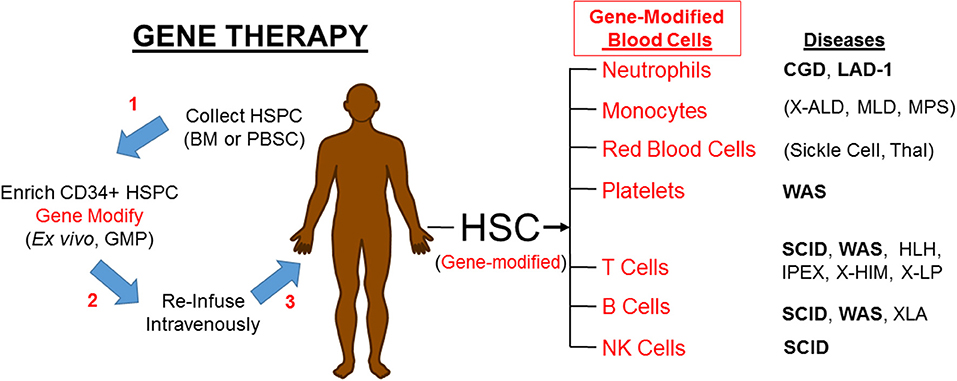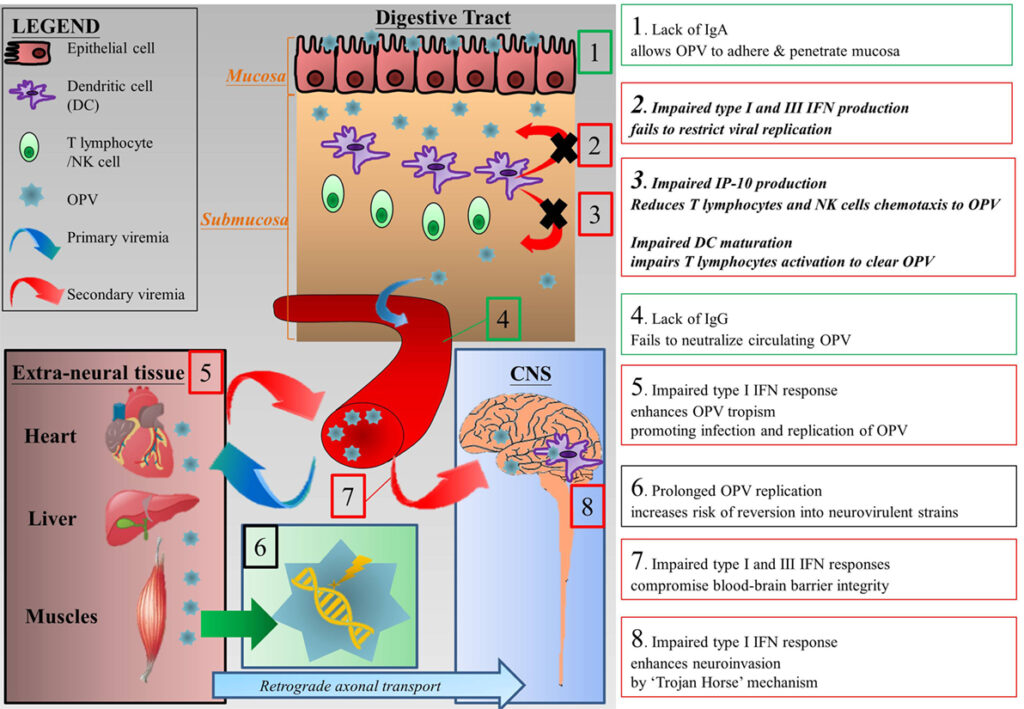Agammaglobulinemia, also known as a primary immunodeficiency disorder, is a rare condition that leaves individuals without the ability to produce antibodies. This makes them highly susceptible to infections and poses significant challenges in their daily lives. In this article, we will explore the causes, symptoms, diagnosis, and treatment options for this condition, as well as discuss the impact it has on those living with it.

What is Agammaglobulinemia?
Agammaglobulinemia is a type of primary immunodeficiency disorder where the body lacks the ability to produce antibodies, which are proteins essential for fighting off infections. Antibodies are produced by specialized white blood cells called B cells. When these cells are absent or malfunctioning, the immune system becomes severely compromised.
Causes of Agammaglobulinemia
The most common form of agammaglobulinemia is X-linked agammaglobulinemia, which primarily affects males. It is caused by mutations in a gene located on the X chromosome. Females can carry the gene mutation without showing symptoms, but they can pass it on to their children. In rare cases, the condition can also be inherited in an autosomal recessive manner, meaning both parents must carry the mutated gene for their child to be affected.
In addition to genetic factors, agammaglobulinemia can sometimes occur due to spontaneous mutations that happen during early development. These cases are not inherited but arise as random genetic changes.
Symptoms of Agammaglobulinemia
Individuals with agammaglobulinemia typically begin showing symptoms in early childhood. Some of the most common signs include:
- Frequent and severe bacterial infections, such as pneumonia, sinusitis, and ear infections
- Gastrointestinal issues, including chronic diarrhea and malabsorption
- Poor growth and failure to thrive in infants
- Recurrent skin infections
- Absence of tonsils and lymph nodes, which are important sites for immune cell activity
Because the immune system is unable to mount an effective defense against pathogens, even minor infections can become life-threatening if left untreated.
Diagnosing Agammaglobulinemia
Diagnosing agammaglobulinemia requires a combination of clinical evaluation, laboratory tests, and genetic analysis. Physicians typically look for specific indicators when assessing a patient for this condition.
Clinical Evaluation
A detailed medical history and physical examination are crucial steps in diagnosing agammaglobulinemia. Doctors will inquire about the frequency and severity of infections, family history of immune disorders, and any developmental delays or growth issues. Physical signs, such as the absence of tonsils and lymph nodes, may also raise suspicion.
Laboratory Tests
Blood tests play a key role in confirming the diagnosis. These tests measure levels of immunoglobulins, which are antibodies present in the blood. In individuals with agammaglobulinemia, immunoglobulin levels are extremely low or completely absent. Additionally, flow cytometry may be used to assess the number and function of B cells in the blood.
Genetic Testing
Genetic testing is often performed to identify mutations associated with agammaglobulinemia. This helps confirm the diagnosis and provides valuable information for family planning and counseling. Identifying the specific genetic cause can also guide treatment decisions.
Treatment Options for Agammaglobulinemia
While there is no cure for agammaglobulinemia, several treatment options are available to manage the condition and improve quality of life. The goal of treatment is to prevent infections and reduce complications.
Immunoglobulin Replacement Therapy
One of the mainstays of treatment is immunoglobulin replacement therapy. This involves administering antibodies derived from donated blood plasma through intravenous or subcutaneous infusions. Regular infusions help boost the immune system and provide protection against infections.
Patients typically receive immunoglobulin therapy every three to four weeks, depending on their individual needs. While this treatment does not restore the body’s natural ability to produce antibodies, it significantly reduces the risk of serious infections.
Antibiotic Prophylaxis
In addition to immunoglobulin therapy, some patients may benefit from long-term antibiotic use to prevent recurrent infections. Antibiotics are particularly useful for managing chronic conditions like sinusitis or bronchitis, which are common in individuals with agammaglobulinemia.
Vaccinations
Although individuals with agammaglobulinemia cannot produce their own antibodies in response to vaccines, certain types of vaccines can still be beneficial. For example, live vaccines are generally avoided due to the risk of infection, but inactivated vaccines can be administered to protect against specific pathogens. Family members and close contacts should also stay up-to-date on vaccinations to minimize exposure risks.
Living with Agammaglobulinemia
Living with agammaglobulinemia presents unique challenges, but with proper care and support, individuals can lead fulfilling lives. Managing the condition requires a multidisciplinary approach involving healthcare providers, caregivers, and the affected individual.
Daily Precautions
To minimize the risk of infections, individuals with agammaglobulinemia must take extra precautions in their daily lives. These include:
- Avoiding crowded places during flu season or outbreaks of contagious diseases
- Practicing good hygiene, such as frequent handwashing and using hand sanitizers
- Ensuring proper food safety to prevent gastrointestinal infections
- Wearing masks in high-risk environments
Emotional and Psychological Support
Dealing with a chronic health condition can take a toll on mental health. Individuals with agammaglobulinemia may experience anxiety, depression, or feelings of isolation due to their increased vulnerability to illness. Access to psychological support, counseling, and peer networks can make a significant difference in coping with these challenges.
Educational and Occupational Considerations
Children with agammaglobulinemia may require accommodations at school to ensure their safety and academic success. Parents and educators should work together to create a supportive environment that minimizes exposure to germs while fostering learning and social interaction.
For adults, finding employment that accommodates their health needs is essential. Flexible work arrangements, remote opportunities, and access to healthcare benefits can help individuals balance their professional and personal responsibilities.
Research and Advances in Treatment
Ongoing research into primary immunodeficiency disorders continues to shed light on potential new treatments for agammaglobulinemia. Scientists are exploring innovative therapies, such as gene editing and stem cell transplantation, which could one day offer curative options for affected individuals.
Advances in biotechnology have also improved the safety and efficacy of immunoglobulin replacement therapy. New formulations and delivery methods aim to enhance convenience and reduce side effects, making treatment more accessible and tolerable for patients.
Raising Awareness and Advocacy
Raising awareness about agammaglobulinemia and other primary immunodeficiency disorders is critical for improving outcomes and supporting affected individuals. Advocacy organizations play a vital role in educating the public, funding research, and advocating for policies that benefit the community.
By sharing stories, participating in fundraising events, and engaging with policymakers, individuals and families impacted by agammaglobulinemia can help drive positive change and ensure that resources are available for future generations.





